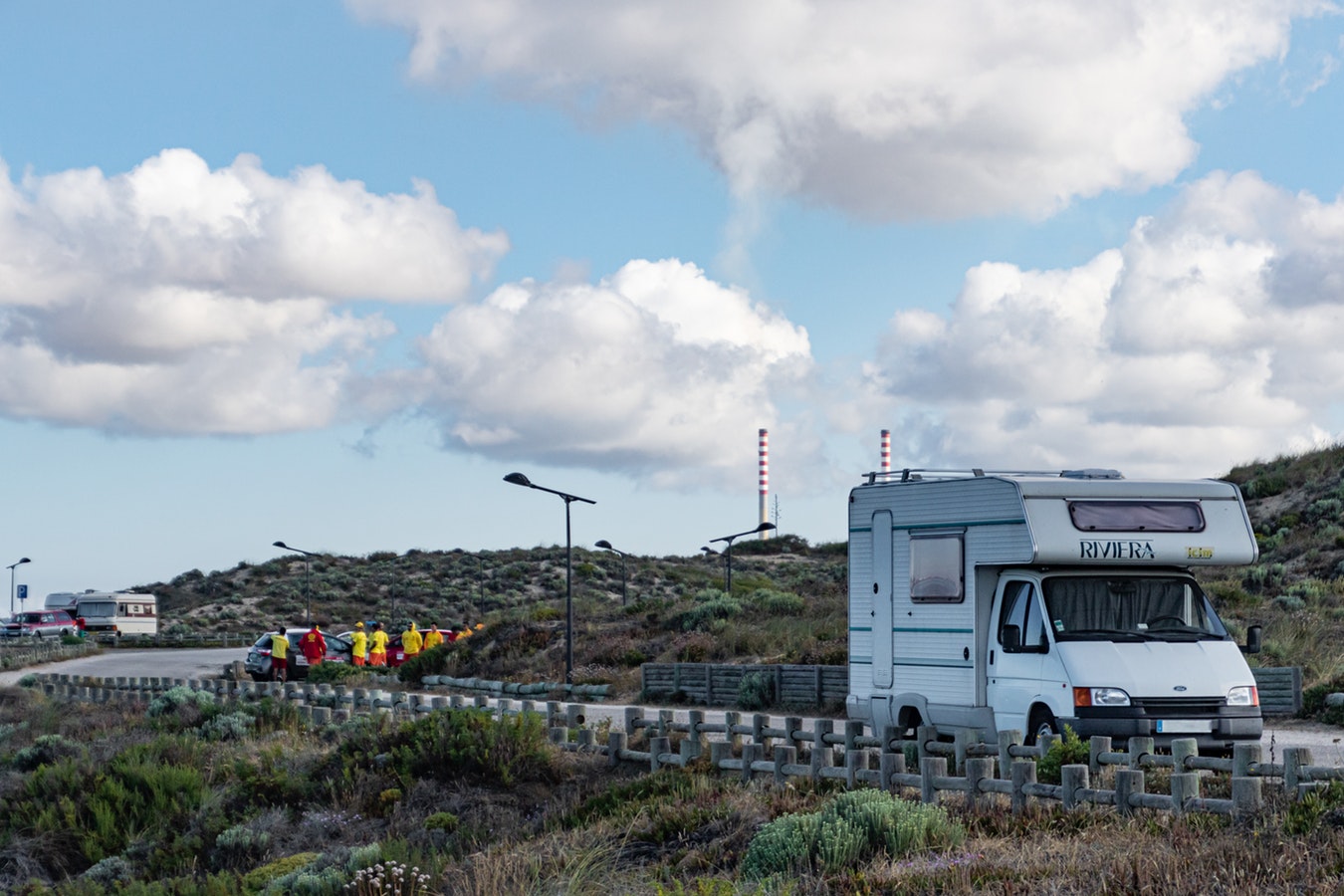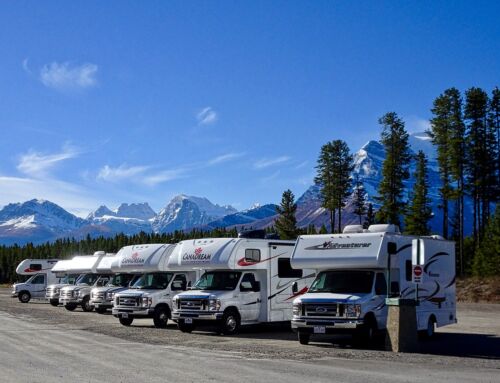Recreational vehicles are used to cross the earth, to adventure and behold the wonders this world has to offer. Families, friends, and pets gather inside to share unforgettable experiences and make memories that will last a lifetime. They will glide down highways, traverse bumpy terrain, and explore scenic territories.
They are a symbol of American curiosity, courage, and adventure.
Have you ever thought about when and how America’s RV came to be?
Technically, we’d have to go far back to the 1800’s in Europe before any motorized vehicle even existed, when gypsies lived out of covered wagons and trekked across the land. These traveling homes may have been an influence for a more modern version of the RV.
From 1910 to present, the use of innovative technology and creativity have caused the Recreational Vehicle to evolve over the years. In 1912, a family man, Ronald Conklin, who worked with Gas-Electric Motor Bus Company, build his own traveling home with wheels—and he named it the Gypsy Van. The media followed Conklin and his family, and fellow Americans watched in awe as they made their way west while having the time of their lives in the comfort of Gypsy Van.
Now, Conklin wasn’t a simple man. He wanted to travel in style with the amenities he would be used to in his own home. According to Smithsonian Magazine, Gypsy Van was “luxuriously equipped with an electrical generator and incandescent lighting, a full kitchen, Pullman-style sleeping berths, a folding table and desk, a concealed bookcase, a phonograph, convertible sofas with throw pillows, a variety of small appliances, and even a “roof garden,” this transport was a marvel of technology and chutzpah.”
After Conklin’s invention, things began happening in the RV world. The site Go RVing has a nice historical timeline, but here is a more condensed version based on theirs:
- 1910: “Auto campers” and “camping trailers” were being built and placed on the market at this time.
- 1911: Popular Mechanics featured these plus new campers along with new technology, such as an “on-board bathroom.”
- 1920-1930: RV camping sites began popping up, starting with the first one, Tin Can Tourist Camp of Gainesville.
- 1930s: More modern technology and construction plans were included and there came a significant increase in RV demand after WWII was over.
- 1950s: This was the year of today’s RVs. What you see in the present was all started around the 50s and 60s.
- 1970s to present: And the RV keeps on truckin’. With new technology, innovative design, and creativity, professionals have made the recreational vehicles we now know today.
Nowadays you see a multitude of motor homes, campers, along with modest and colossal RVs out on the road across America. They are ubiquitous and they are here to stay. For many people, the recreational vehicle is about a certain lifestyle—one that isn’t stuck in one place; one that can wander and be free; and one that has a grand sense of adventure.
If you own an RV or are about to and need a professional who can assist you with any future repairs or RV paint needs, contact Downtown Autobody—they are trusted locally by friends and family and can help you!




